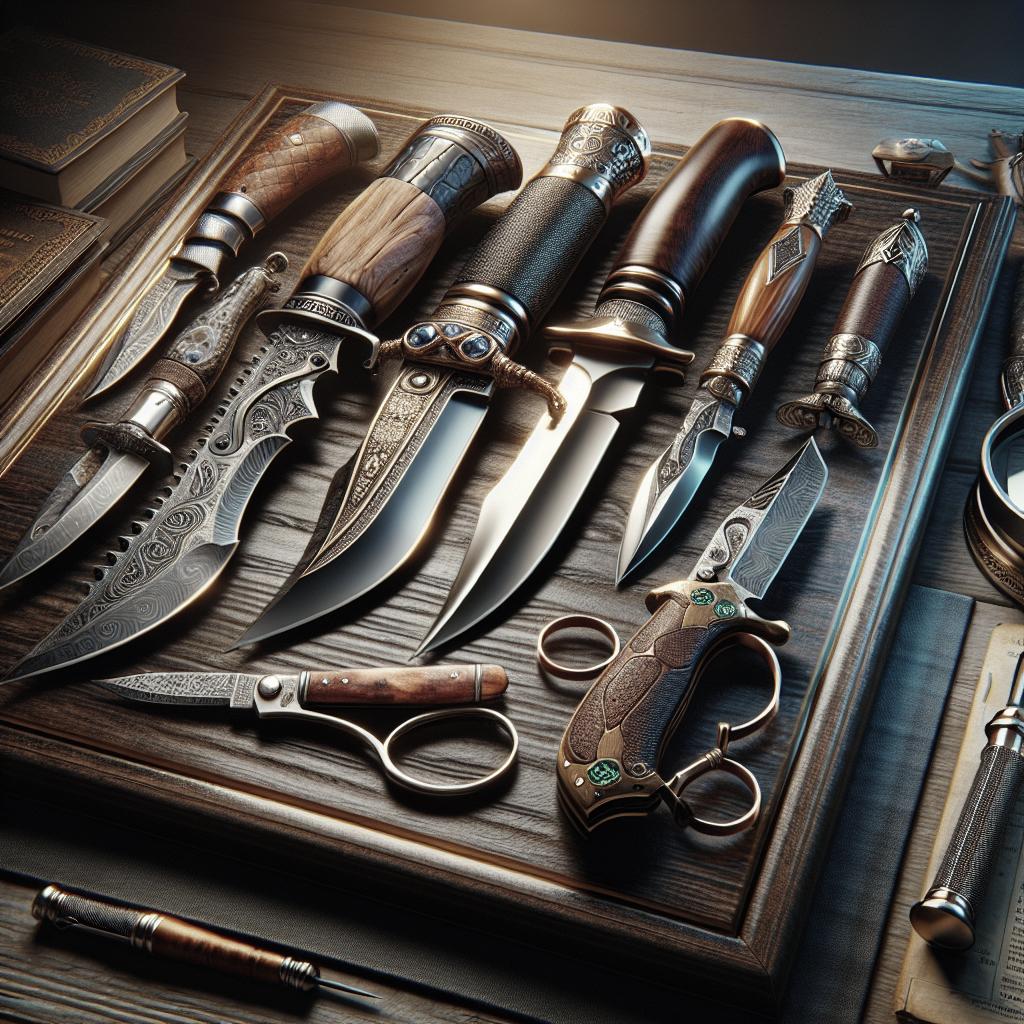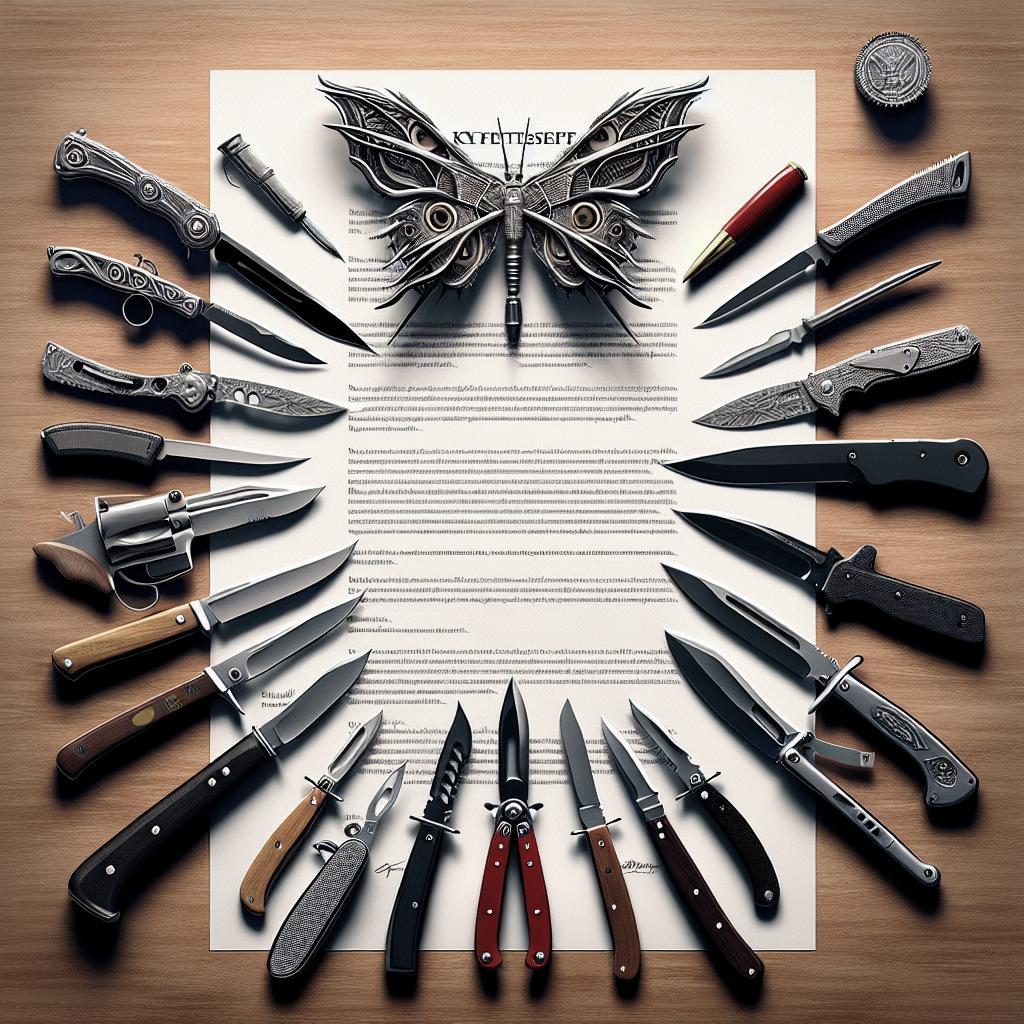Sharpness Testing for Knives
In the culinary world or for anyone who prides themselves on their knife collection, knowing the sharpness of your blade is paramount. Sharp knives ensure precision cuts, enhance safety by preventing slips, and make cooking and everyday tasks more efficient. However, how can one accurately determine the sharpness of a knife? In this article, we dive into the best methods for testing knife sharpness, including simple tests you can conduct at home and more professional tools if you desire precision. By understanding these techniques, you can maintain the optimal performance of your knives and make informed decisions about sharpening and usage. Let’s explore the various methods to ensure your knives are always at their peak performance.
The Best Methods for Testing Knife Sharpness
Visual Inspection
One of the simplest ways to assess the sharpness of a knife is through visual inspection. Hold the knife under a good source of light and look along the edge. A well-sharpened knife will have a consistent, smooth edge without any chipped or rolled areas. Discontinuities in the blade, such as shiny spots, can indicate dullness or damage.
When inspecting visually, also look at the width of the edge. Sharper knives tend to have thinner edges. Remember, this method provides a preliminary understanding and should be complemented with practical tests to ensure accuracy.
The Tomato Test
The tomato test is a popular, practical method to test a knife’s sharpness. Start by holding a tomato with one hand and the knife with the other. Without applying any pressure, let the weight of the knife rest on the tomato and attempt to slice through its skin. A sharp knife will effortlessly penetrate the skin, while a dull one will struggle or require added pressure.
Tomatoes are chosen for this test due to their soft interiors juxtaposed with slightly challenging skins, representing a fair challenge for knife sharpness. This test also simulates real-life kitchen scenarios, making it an ideal choice for home cooks.
The Paper Test
A common method among knife enthusiasts is the paper test. Using a standard sheet of printer paper, hold it up with one hand and use the knife with the other. Slice through the paper starting from one edge. A sharp knife will slice cleanly through the paper without crumpling or snagging.
This test is particularly popular for gauging the edge’s precision and uniformity. Paper is readily available, making this a convenient option for quick sharpness checks.
The Shaving Test
The shaving test involves using the knife to gently remove hairs from your arm. Obviously, exercise extreme caution with this method to avoid injury. A properly sharp knife will shave hair as effortlessly as a razor blade would, highlighting its superior sharpness.
Despite its straightforwardness, this method is best suited for more seasoned knife users due to inherent risks. However, it provides an immediate insight into a knife’s sharpness and is used often in professional sharpening assessments.
The Fingernail Test
The fingernail test relies on the knife’s ability to catch on a fingernail when lightly placed at a slight angle. If the blade slips directly off, it may need sharpening. On the other hand, if it catches easily without pressure, it’s likely sufficiently sharp.
This test can be effective for those seeking a quick indication of sharpness without needing additional materials. However, be mindful of hygiene and safety concerns associated with testing a knife on your body.
The Thumb Test
The thumb test isn’t about pressing one’s thumb against the blade but, rather, about utilizing the pad of the thumb to gently feel along the edge of the knife. A sharp blade will feel distinctively fine to the touch, while a dull knife will have a somewhat rounded feeling.
While this approach can offer tactile feedback on sharpness, users should proceed with extreme care to prevent cuts.
Professional Tools
For those desiring a professional evaluation of knife sharpness, consider investing in dedicated tools like a sharpening test card or tester. These devices objectively measure and report on knife sharpness, often reflecting results via pounds of force required to cut through specific media.
Additionally, electronic tools, such as edge gauges, provide detailed assessments and are commonly used in culinary and butcher settings. These options, though requiring investment, yield precise insights that outperform basic home testing methods.
Shop our Selection of Japanese Knives and Sharpening Accessories
Explore our exclusive selection of Japanese knives, known for their unparalleled craftsmanship and sharpness. Whether you’re a professional chef or a home cooking enthusiast, these knives offer precision and durability in every slice.
Complement your purchase with our range of sharpening accessories. From whetstones to professional-grade sharpeners, we provide everything you need to maintain your knives’ razor-sharp edges and extend their longevity.
Ensure peak performance with our selection, carefully curated to support enthusiasts and professionals alike in their culinary endeavors. Visit our shop to discover the best tools for your kitchen.
Future Prospects
| Test Method | Benefits | Considerations |
|---|---|---|
| Visual Inspection | Quick, requires no additional materials. | Subjective, may miss finer defects. |
| The Tomato Test | Replicates real-life scenarios, easy for home checks. | Varies with tomato ripeness and user skill. |
| The Paper Test | Accessible, non-hazardous. | Requires precision and stable hand control. |
| The Shaving Test | Highly demonstrative in terms of sharpness. | Risk of injury, not recommended for all. |
| The Fingernail Test | Quick indication, no setup needed. | Risk of nail damage and hygiene concerns. |
| The Thumb Test | Offers tactile feedback. | Potential for cuts, requires practiced care. |
| Professional Tools | Precise, objective measurements. | Higher cost, setup required. |


